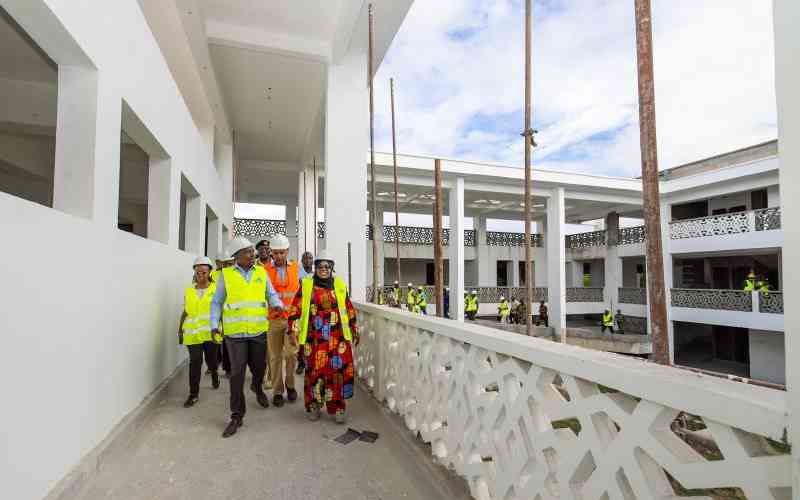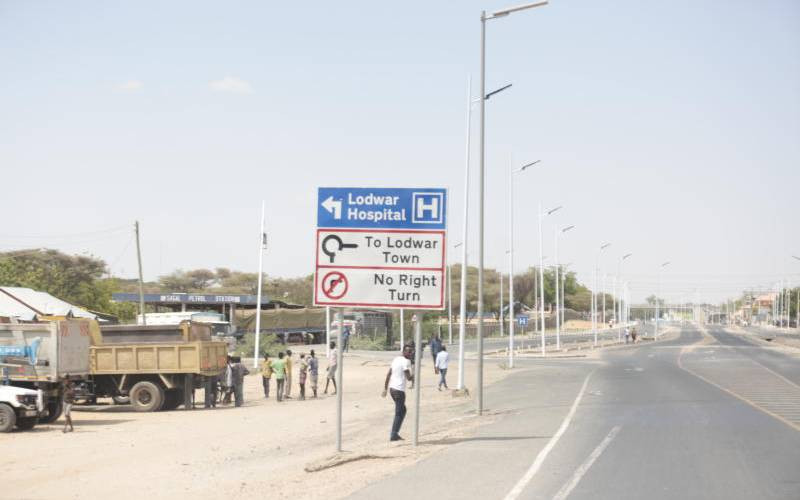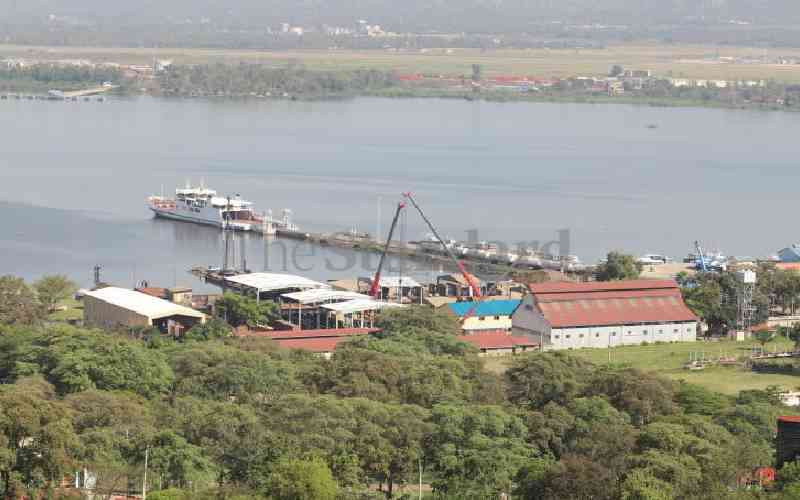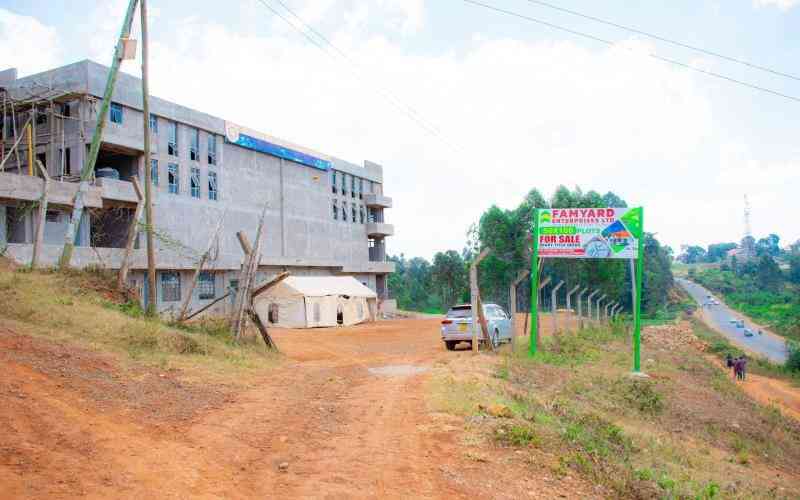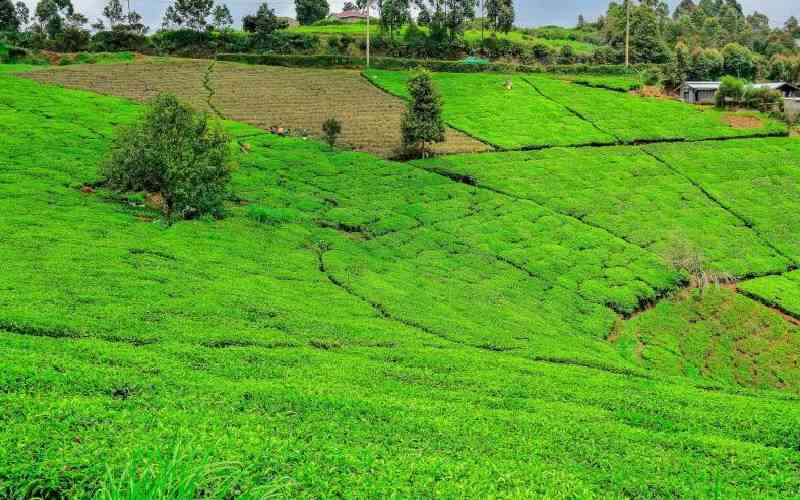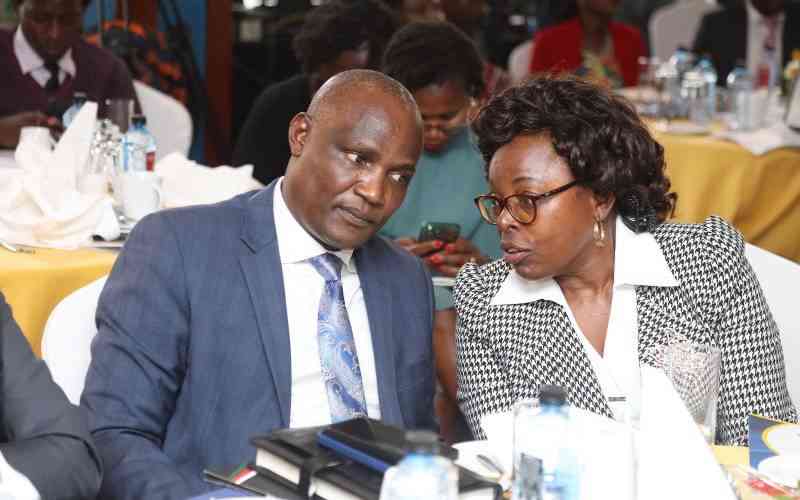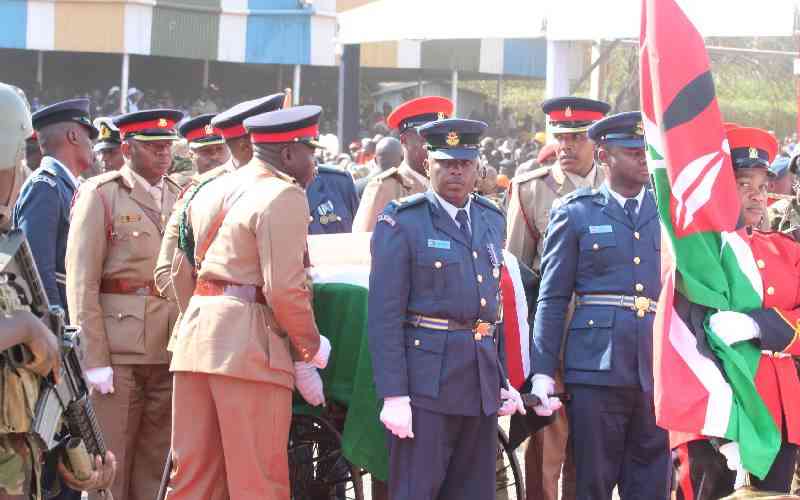
Military officers escort the body of former Prime Minister Raila Odinga during the funeral service at Jaramogi Oginga Odinga University in Bondo, on October 19, 2025. [Benjamin Sakwa, Standard]
Raila Amolo Odinga had 80 years of drama, even in death. This was evident when he died in India. He disappointed those who dreamt of prolonged mourning celebrations by asking that he be buried within 72 hours. President William Ruto ordered a State funeral for Raila and mourners forced changes in official programming. They broke into the airport, visited Raila’s homes in Karen and Bondo, and forced changes for the ‘viewing’ venue from the Parliament to Kasarani. A few people died in mourning commotions.
Raila spent his first 50 years under the shadow of his father, Jaramogi Oginga Odinga. He sprouted after Jaramogi’s death in 1994 when he lost the battle for FORD-Kenya to Michael Kijana Wamalwa by staging his first self-reengineering drama. He quit Ford Kenya and won the Langata by-election on a weak National Development Party. He had previously attracted attention through the failed 1982 coup and spent several years in detention. He participated in the multi-party system agitation as one of the ‘Young Turks’ operating a layer below such political ‘elders’ as Jaramogi, Masinde Muliro, Martin Shikuku, George Nthenge, Kenneth Matiba, and Charles Rubia. As Ford-Kenya’s organising secretary, Raila was elected in Langata in the 1992 election but it was in winning the 1995 by-election in the same constituency that he gained ‘independence’ from his father’s political shadow.
Raila, for three decades thereafter, was full of political drama. He came third to Moi and Mwai Kibaki in the 1997 election only to enter into an anti-Kibaki cooperation with Moi in 1998 that collapsed in 2002. The reason for the collapse was the collapse of the Moi-Raila expectations, partly short-circuited by Simeon Nyachae’s rebellion within Kanu against removing the two-term presidential limit. When Moi named Uhuru Kenyatta to replace him in leadership, angry Raila showed his self-reengineering skills. He joined Nyachae’s rebellion for a while as he weighed his options. He then dumped Nyachae and finally jumped into Kibaki’s political corner by dramatically declaring ‘Si Kibaki Tosha’. With GidiGidi MajiMaji shouting, “I am unbwoggable”, Kibaki romped into the presidency and Raila received much credit as ‘njamba’ with presidential potentials.
The 2002 election thrill petered out as the next drama played itself at Bomas. With Yash Pal Ghai as Constitution of Kenya Review Commission chair, Kibaki and Raila fought over how much power a proposed prime minister should have. Two meanings of the 2005 referendum issue emerged. For the Kibaki side, the question was whether or not Kenyans wanted a new constitution document. The Raila side, with support of Euro-powers and Ghai, believed the referendum was about escorting Kibaki out of the presidency. When the voters rejected the new document, they essentially freed both Kibaki and Raila. While Kibaki quickly announced there was no constitutional vacuum, and fired insubordinate ministers, Raila seemingly believed that all the ‘no’ votes were his.
Kibaki stayed put but Raila felt so energised that he turned an election symbol, Orange, into a political party, ODM. The 2007 election was tense and violent before, during, and after the election. It first produced the ‘nusu mkate’ government that made Raila prime minister with powers almost equal to President Kibaki’s. Second it led to the 2010 Constitution and the ICC indictment of targeted politicians. Raila’s 2012/13 presidential bid flopped as voters rejected seeming imperial interference. He failed again in 2017 but dramatically inched his way into Uhuru’s government in 2018 which helped Uhuru to turn against his deputy, Ruto. In 2022, after losing an election that he should have won, Raila dramatically entered ‘broad-based government’ almost as a core president.
For three decades after Jaramogi’s death, Raila was the centre of Kenya’s political drama. He lost elections and still regenerated himself by applying pressure on the winner who, in desperation, conceded power. He became politically powerful and escaped responsibility for anything going wrong. In life and death, Raila personified political drama.
